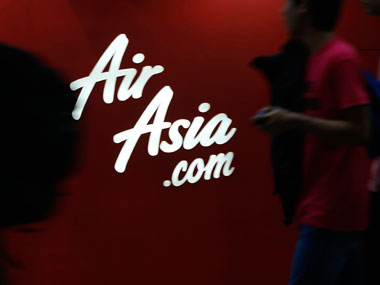Tony Fernandes’ Air Asia is planning a big bang entry into India by the fourth quarter of 2013, but the big question is can it get it right in a sector where several other low-cost players have burned their fingers by trying to play the fare-war strategy?
According to a report in Bloomberg, AirAsia wants to give away vacant seats for free at airports with passengers only having to pay fee and other taxes in order to tap into India’s one billion population. In India, however, about 70-80% of tickets are sold through offline agents and portals.
[caption id=“attachment_673769” align=“alignleft” width=“380”] Reuters[/caption]
The airline plans on only selling tickets online in order to save on payments to sales agents and may also replicate its home model of charging a fee for services including baggage check-in, preferred seats and hot meals.
While the objective is to cut costs to ensure the success of its low-cost model in India too, it remains to be seen how this Malaysian airline plans on reducing its fuel cost, taxes or airport charges, which is same for all airlines and one of the primary reasons why they are all bleeding today (except for IndiGo).
Existing carriers argue the market is already oversaturated, with competition among multiple carriers driving fares down to unsustainable levels. Fernandes is pitching a business model under which his airline would forego the high-traffic Delhi-Mumbai route and focus instead on connecting second- and third-tier cities to tap into potential traffic rather than existing traffic.
Impact Shorts
More ShortsHowever, it seems the key aspects that have made AirAsia successful in the East, are all aspects that don’t play in India. One, fuel is not taxed in Malaysia, unlike India. Two, in Kuala Lumpur and Bangkok, AirAsia flies to low-cost terminals. But in India there are no such terminals. And three, a dense regulatory framework and excessive government intervention are also going to be new challenges.


)

)
)
)
)
)
)
)
)



